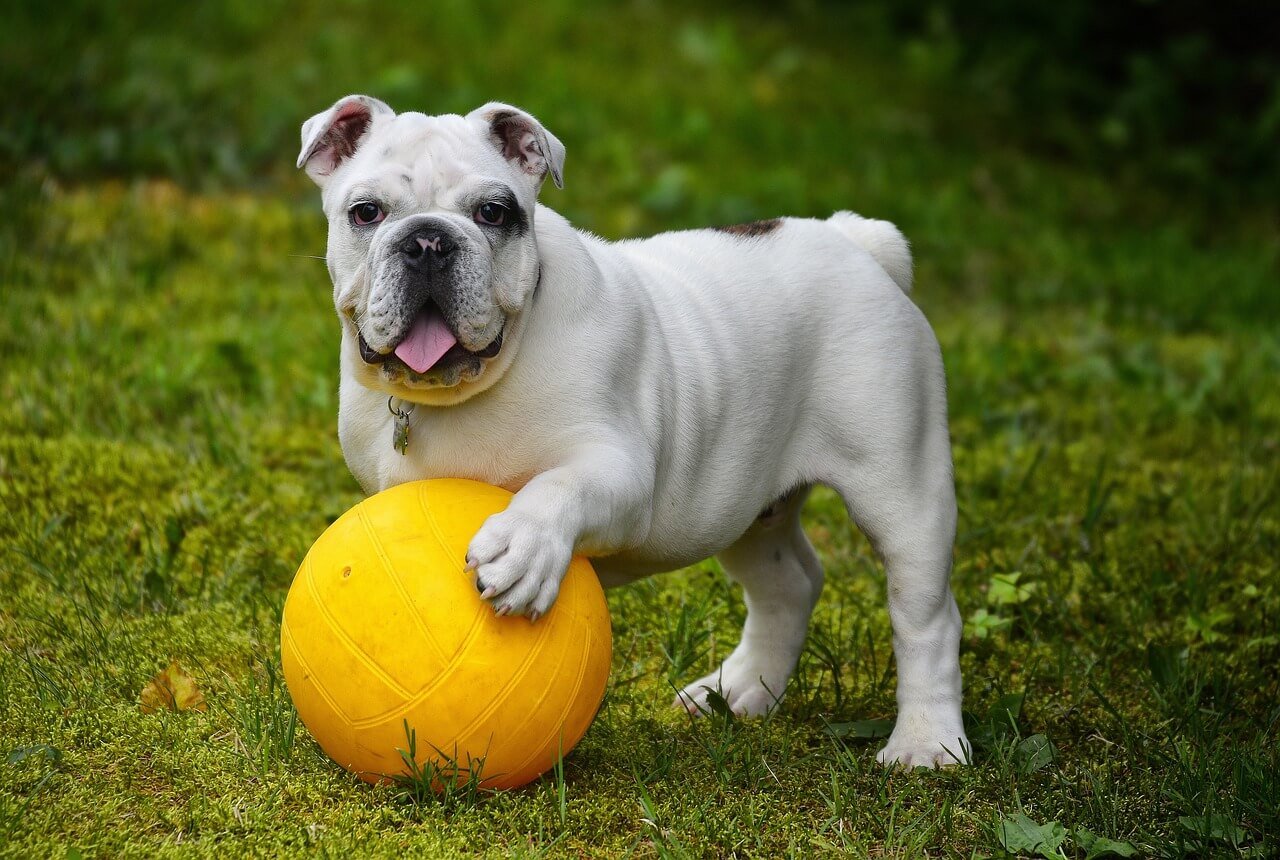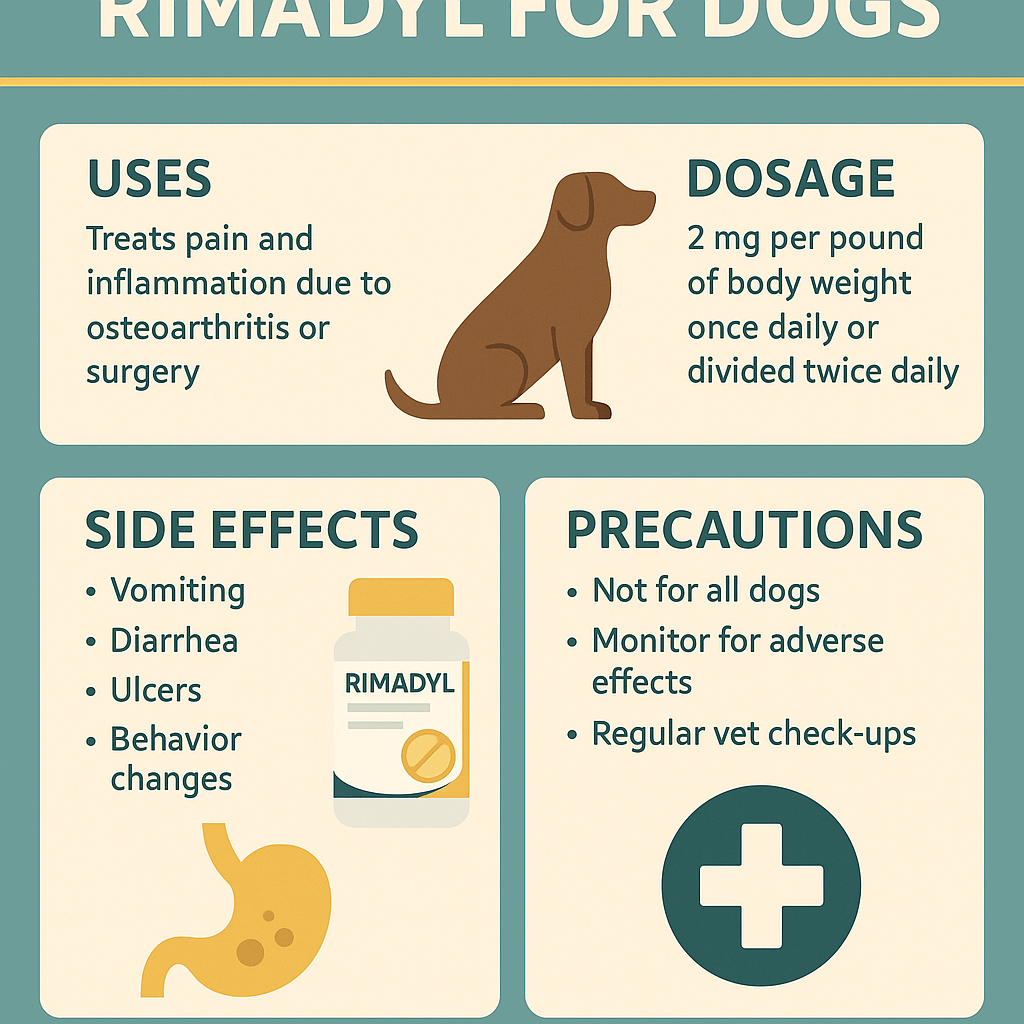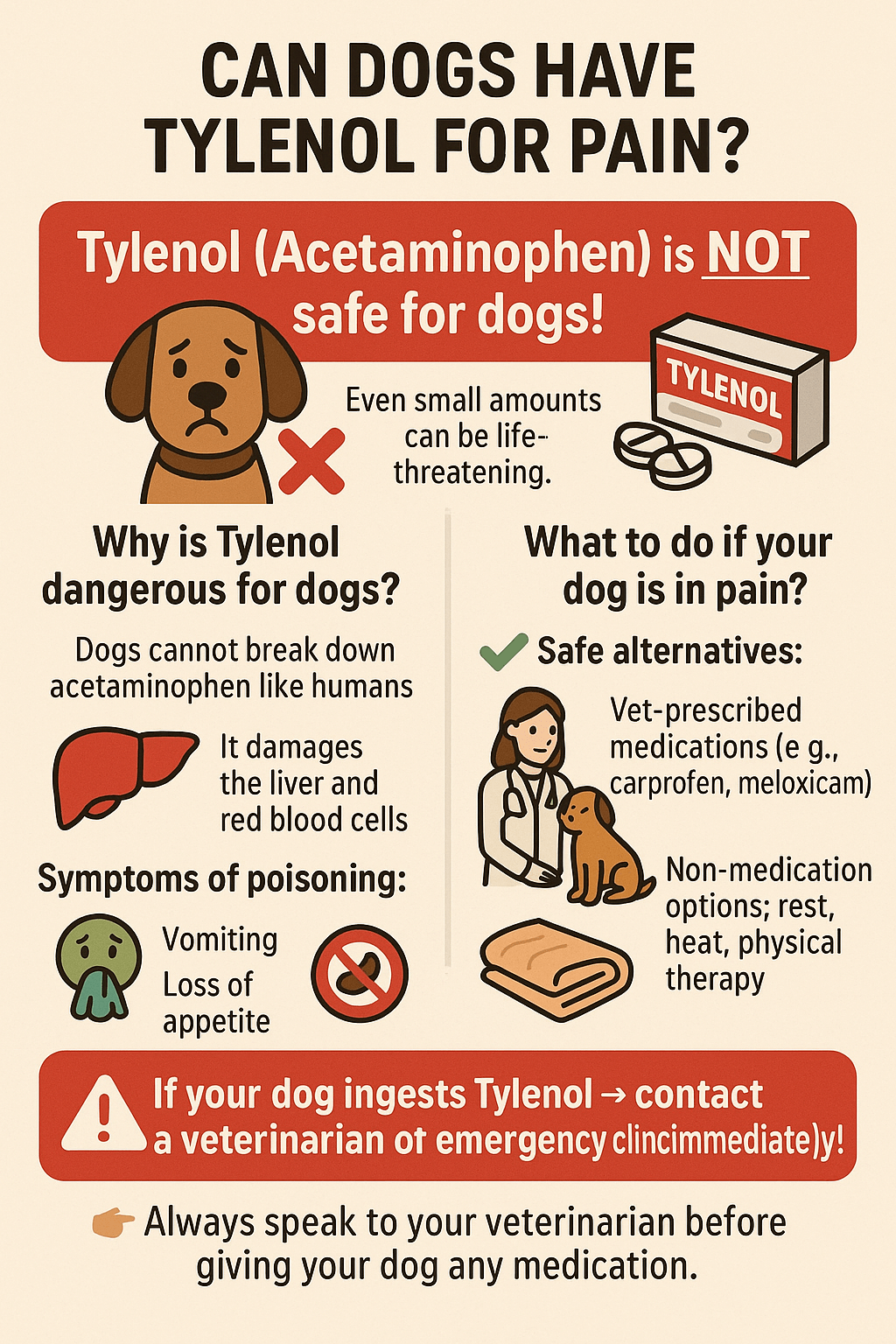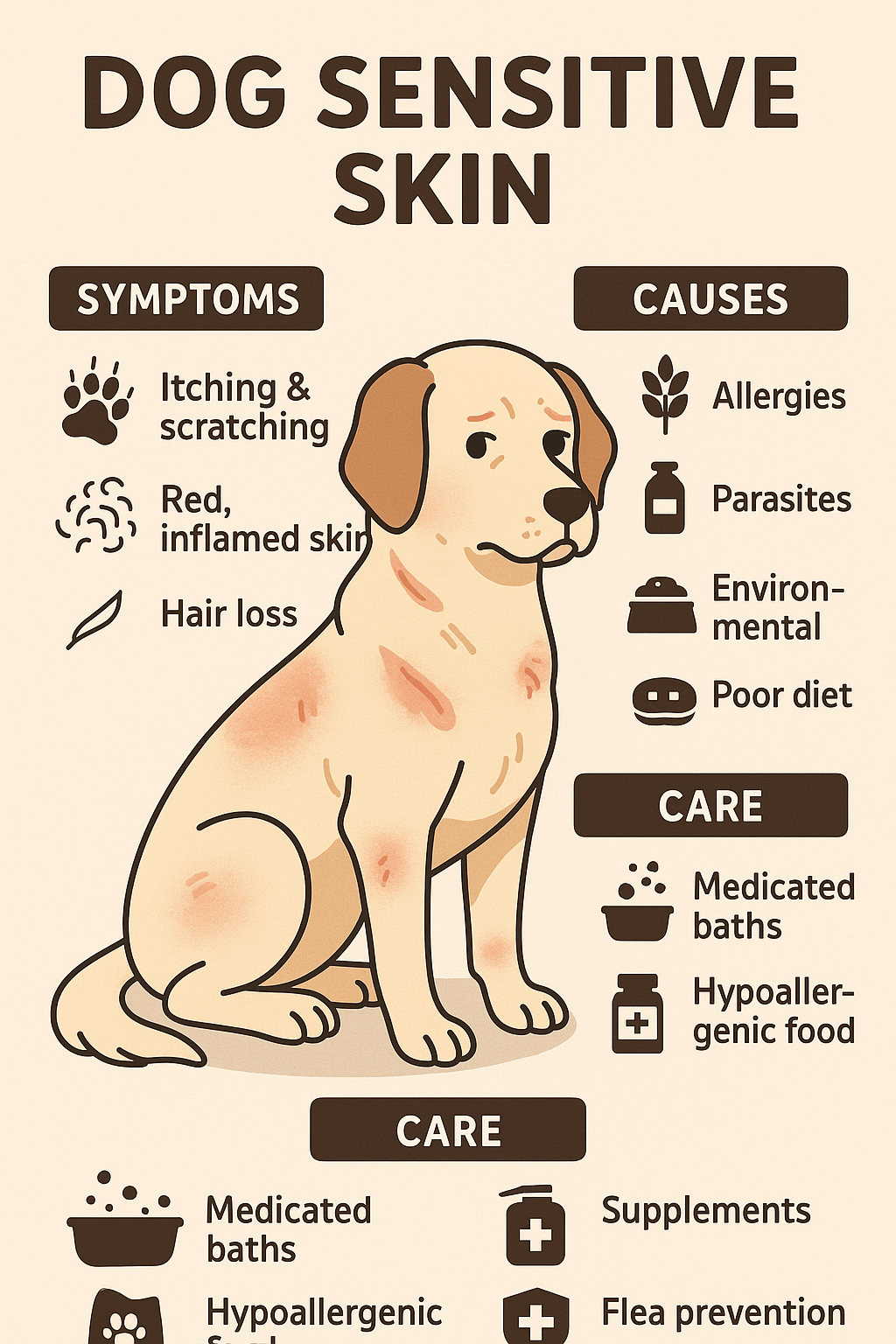How Long Does It Take for a Dog to Recover from a Bee Sting?
When your furry friend gets stung by a bee, it can be a stressful and worrying experience for both you and your pet. Bee stings are not uncommon, especially during outdoor adventures or playtime in the yard. While most dogs recover quickly, it’s important to understand the recovery process and how to support your pup through it. In this blog post, we’ll explore everything you need to know about dog bee sting recovery time, including symptoms, treatment options, and tips to ensure a speedy recovery. Whether you’re a seasoned pet owner or new to caring for dogs, this guide will help you navigate this common yet potentially alarming situation with confidence.
Recognizing the Symptoms of a Bee Sting in Dogs
When a dog is stung by a bee, recognizing the symptoms early can make a significant difference in their recovery. Here are some common signs to look out for:
- Swelling: The area around the sting may become swollen and tender.
- Pawing at the Face or Body: Dogs often paw at the affected area due to discomfort.
- Licking or Chewing: Excessive licking or chewing at the sting site is a telltale sign.
- Redness or Hives: You might notice redness or small bumps on your dog’s skin.
- Behavioral Changes: Restlessness, whining, or lethargy can indicate pain or irritation.
If your dog exhibits any of these symptoms, it’s crucial to act promptly. Early intervention can prevent complications and ensure a smoother recovery process. Remember, every dog reacts differently, so staying vigilant is key.
Factors That Influence Recovery Time
The recovery time for a dog after a bee sting can vary depending on several factors. Understanding these variables can help you better anticipate how long your furry companion might need to heal.
- Location of the Sting: Stings on sensitive areas like the face, mouth, or paws may take longer to heal.
- Severity of the Reaction: Mild reactions typically resolve within a few hours, while more severe cases may require days.
- Dog’s Size and Breed: Smaller dogs or breeds with thinner skin may experience stronger reactions.
- Previous Exposure: Dogs that have been stung before may react differently than those experiencing it for the first time.
- Treatment Provided: Prompt and appropriate care can significantly reduce recovery time.
Every dog is unique, but being aware of these factors can help you set realistic expectations for their recovery journey. With proper care, most dogs bounce back quickly and return to their playful selves.
Expert Opinion: Insights from a Veterinarian
“Most dogs recover from bee stings within 24 to 48 hours with proper care,” says Dr. Emily Carter, a licensed veterinarian with over 15 years of experience. “However, it’s crucial to monitor for signs of an allergic reaction and act quickly if symptoms escalate. Prevention and awareness are key to keeping your pet safe during outdoor activities.”
Check this guide 👉 Dog Ate a Bee: Top 7 Best Tips to Handle Emergencies!
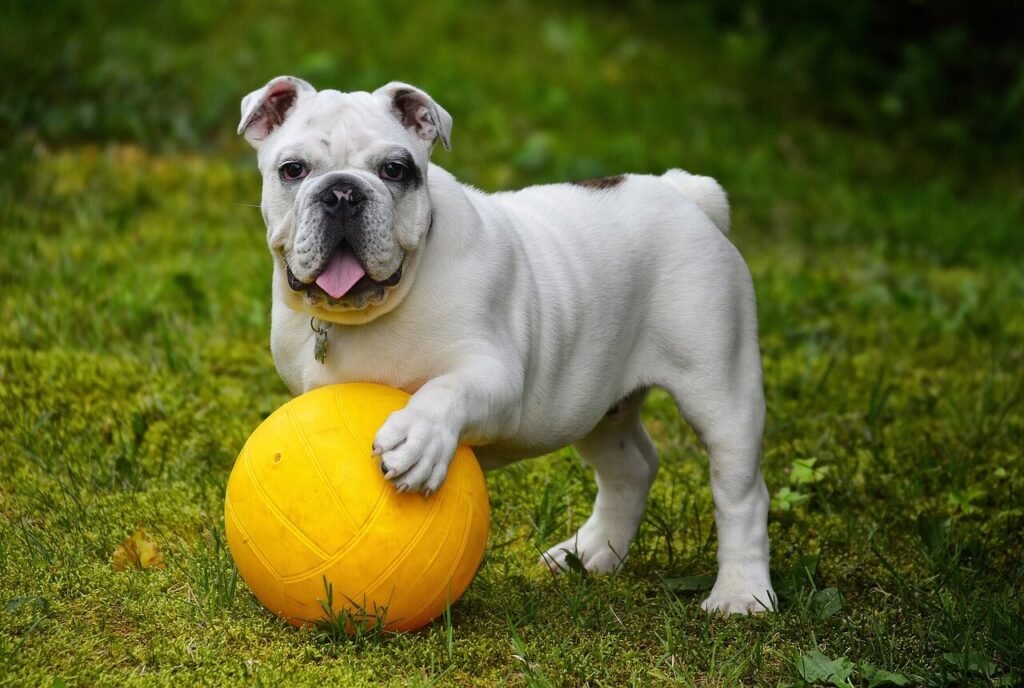
Symptoms of a Bee Sting | Steps to Take |
|---|---|
Swelling at the sting site | Apply a cold compress to reduce swelling. |
Excessive licking or chewing | Distract your dog with toys or treats. |
Redness or hives | Monitor for worsening symptoms. |
Pawing at the face or body | Check for signs of breathing difficulties. |
Lethargy or restlessness | Keep your dog calm and comfortable. |
How to Treat a Bee Sting on Your Dog
Knowing how to treat a bee sting can make a world of difference in your dog’s recovery. Here are some steps you can take to alleviate their discomfort:
- Remove the Stinger: Use a credit card or your fingernail to scrape the stinger out gently. Avoid using tweezers, as they can squeeze venom into the skin.
- Apply a Cold Compress: Wrap ice in a cloth and hold it against the sting site to reduce swelling.
- Use Baking Soda Paste: Mix baking soda with water to create a paste and apply it to neutralize the venom.
- Administer Antihistamines (if approved): Consult your vet before giving any medication, but antihistamines like Benadryl may help in mild cases.
- Monitor for Allergic Reactions: Watch for signs of anaphylaxis, such as difficulty breathing or excessive swelling.
By following these steps, you can provide immediate relief and support your dog’s healing process. Always prioritize your pet’s comfort and consult a vet if you’re unsure about any aspect of their recovery.
Preventing Future Bee Stings
While bee stings are sometimes unavoidable, there are steps you can take to minimize the risk of future incidents. These precautions can help keep your dog safe during outdoor activities:
- Avoid Flower Beds: Bees are often attracted to flowers, so steer clear of blooming plants.
- Keep Food Covered: Sweet-smelling food or drinks can attract bees, so store them properly.
- Supervise Playtime: Keep an eye on your dog during outdoor adventures to prevent curious sniffing near bees.
- Train Your Dog: Teach commands like “leave it” to deter them from investigating potential hazards.
- Check for Nests: Regularly inspect your yard for bee nests and remove them if necessary.
Taking these preventive measures can significantly reduce the likelihood of another sting. A proactive approach ensures your dog stays happy and healthy while enjoying the great outdoors.
Home Remedies for Bee Stings on Dogs
When your dog gets stung by a bee, home remedies can provide quick relief while you monitor their condition. These natural solutions are easy to prepare and safe for most dogs, but always consult your vet if you’re unsure.
- Baking Soda Paste: Mix baking soda with water to create a thick paste. Apply it directly to the sting site to neutralize the acidic venom.
- Aloe Vera Gel: Use pure aloe vera gel to soothe irritation and reduce inflammation. Ensure it’s free of additives or artificial fragrances.
- Apple Cider Vinegar: Dilute apple cider vinegar with water and dab it gently on the sting to help calm the area.
- Oatmeal Bath: For generalized itching or swelling, an oatmeal bath can provide soothing relief for your dog’s skin.
- Cold Tea Bags: Apply a cold, damp tea bag (like chamomile or green tea) to the sting to reduce swelling and discomfort.
While these remedies can ease your dog’s symptoms, they are not substitutes for professional veterinary care in severe cases. Always observe your dog closely and seek help if their condition worsens.
Signs Your Dog Needs Immediate Veterinary Attention
Most bee stings are mild and resolve on their own, but some reactions require urgent care. Knowing when to seek professional help can make all the difference in your dog’s recovery.
- Difficulty Breathing: Labored breathing or wheezing indicates a potential allergic reaction that needs immediate attention.
- Excessive Swelling: Swelling that spreads rapidly or affects the face, throat, or entire body is a red flag.
- Collapse or Weakness: If your dog becomes unresponsive or unusually lethargic, this could signal anaphylaxis.
- Vomiting or Diarrhea: These symptoms may suggest a systemic reaction to the bee sting.
- Persistent Pain or Whining: Continuous signs of distress despite treatment indicate the need for further evaluation.
If you notice any of these signs, don’t delay—contact your veterinarian or an emergency clinic immediately. Quick action can prevent complications and ensure your dog’s safety.
Tips for Keeping Your Dog Calm After a Bee Sting
After a bee sting, keeping your dog calm is essential to prevent further irritation and speed up recovery. A relaxed environment helps your dog heal faster and reduces stress for both of you.
- Provide a Quiet Space: Move your dog to a quiet room away from noise or other pets to help them relax.
- Use Comfort Items: Offer their favorite blanket or toy to provide a sense of security.
- Limit Physical Activity: Restrict running or jumping to avoid aggravating the sting site.
- Distract with Gentle Play: Engage your dog in low-energy activities like gentle petting or puzzle toys to keep their mind off the discomfort.
- Speak in Soothing Tones: Calmly talk to your dog to reassure them and reduce anxiety.
By creating a peaceful atmosphere, you can help your dog recover more comfortably. Remember, patience and reassurance go a long way in supporting your furry friend during this time.
Frequently Asked Questions About Dog Bee Stings
How long does it take for a dog to recover from a bee sting?
Most dogs recover within a few hours to a couple of days, depending on the severity of the reaction.
Can I use human remedies on my dog’s bee sting?
Some remedies, like cold compresses or baking soda paste, are safe, but avoid using medications without consulting a vet.
What should I do if my dog has an allergic reaction?
Seek immediate veterinary care if your dog shows signs of difficulty breathing, excessive swelling, or collapse.
Are certain dog breeds more prone to bee stings?
Breeds with shorter coats or thinner skin may experience stronger reactions, but all dogs are susceptible.
How can I tell if the stinger is still in my dog’s skin?
Look for a small black dot at the sting site. If present, remove it carefully to prevent further venom release.
Final Thoughts: Supporting Your Dog Through Recovery
A bee sting may seem like a minor issue, but it’s essential to take it seriously to ensure your dog’s well-being. By recognizing symptoms early, providing prompt treatment, and taking preventive measures, you can help your furry friend recover quickly and safely. Remember, your dog relies on you to stay calm and informed during stressful situations. With love, care, and attention, your pet will soon be back to their usual playful self. If you ever have doubts or concerns, don’t hesitate to reach out to your veterinarian—they’re always there to help you and your dog thrive.
Rimadyl for Dogs: Best 7 Expert Tips! Discover expert advice on using Rimadyl safely, managing pain, and improving your dog’s mobility with trusted veterinary insights.
Can Dogs Have Tylenol for Pain? Best 7 Expert Tips! Discover the risks, safe alternatives, and expert advice on managing your dog’s pain effectively while avoiding harmful medications.
Understanding Hemophilia in Dogs: Best 7 Expert Tips! Discover expert advice on managing hemophilia, recognizing symptoms, and ensuring your dog’s well-being with practical care strategies.
Understanding Dog Sensitive Skin: Best 7 Expert Tips! Discover expert advice on managing dog sensitive skin, relieving irritation, and improving your pup’s comfort with practical solutions.

